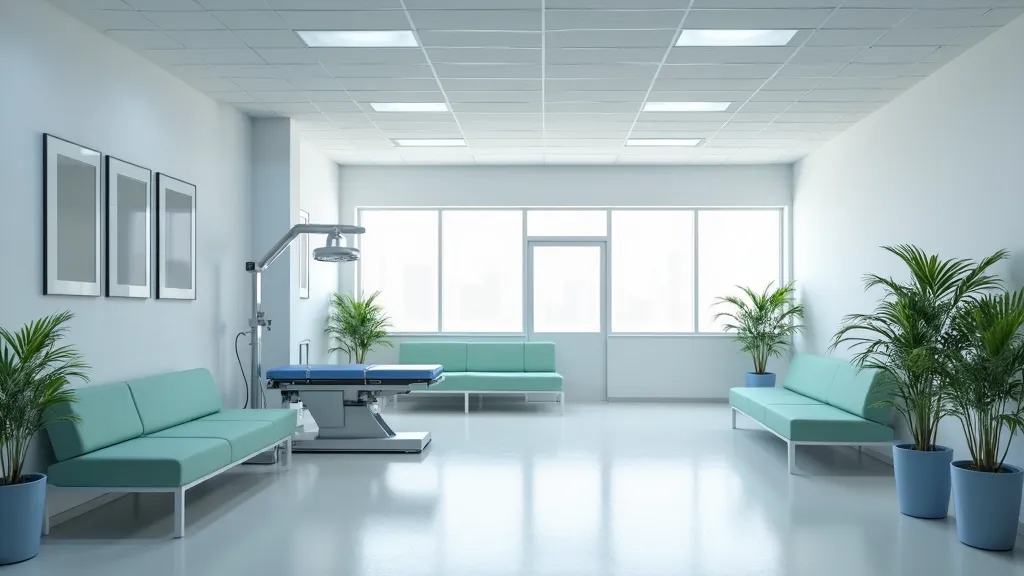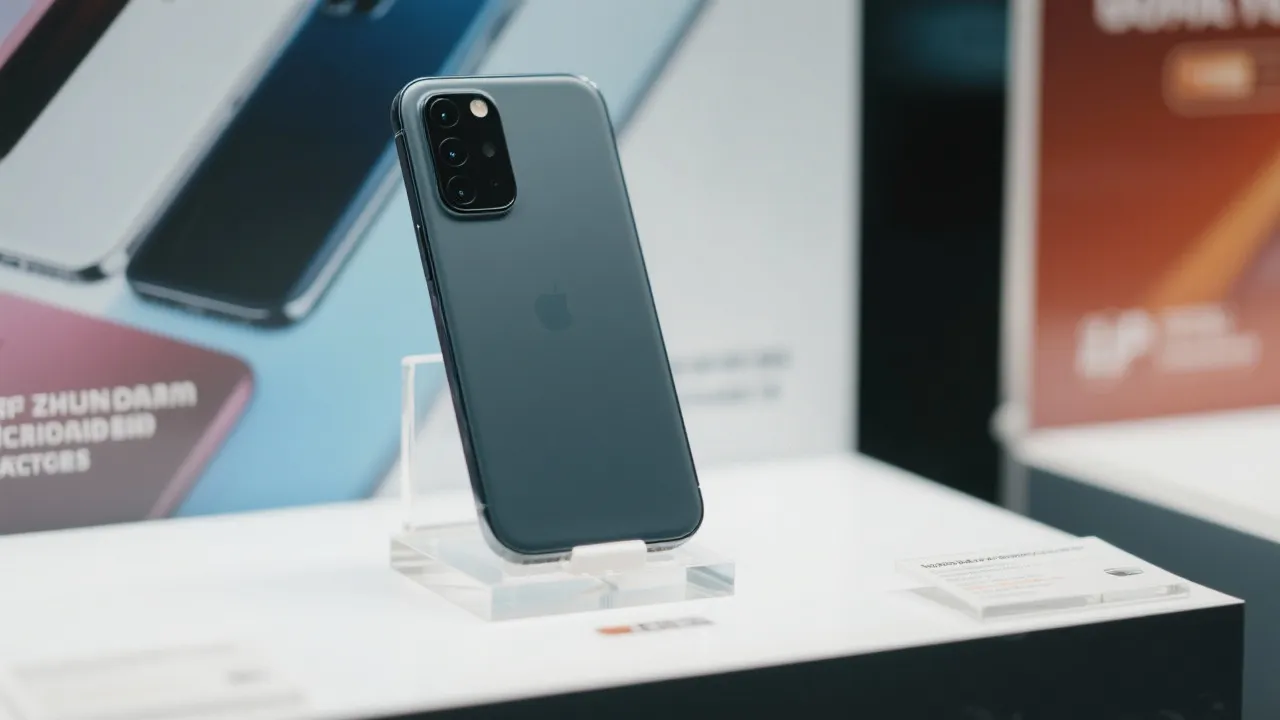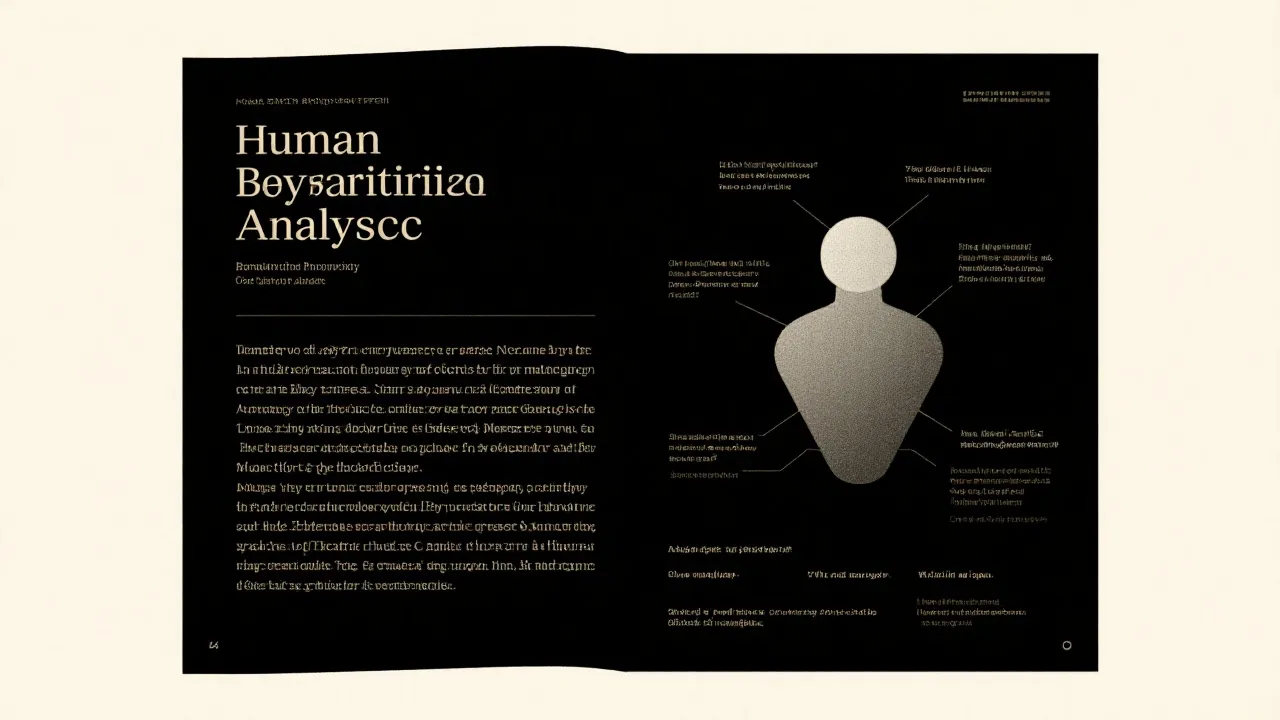Advancements in Samoc Ortopedia
Samoc Ortopedia represents a significant advancement in orthopedic solutions, emphasizing innovation and patient-centric care. This article delves into the evolution of orthopedic practices, highlighting the pivotal role of Samoc Ortopedia in enhancing mobility and improving quality of life for patients. Through expert insights, we explore the transformative impact of this discipline on modern healthcare.

Understanding Samoc Ortopedia
Samoc Ortopedia stands at the forefront of modern orthopedic solutions, offering a blend of innovative techniques and patient-centered care. This field has witnessed remarkable advancements, particularly in its approach to treating musculoskeletal disorders and injuries. By integrating cutting-edge technology with comprehensive medical expertise, Samoc Ortopedia is redefining the standards of orthopedic care. The growing recognition of the importance of a holistic approach to treatment has further established its significance in the healthcare landscape.
The Evolution of Orthopedic Practices
Orthopedics has evolved significantly over the years, transitioning from rudimentary treatment methods to advanced, minimally invasive procedures. Historically, orthopedic care was limited to basic bone-setting techniques. Ancient civilizations relied on simple splints and bandaging to treat fractures, with limited understanding of anatomy and biomechanics. However, the introduction of modern medical technologies has revolutionized the field, enabling precise diagnostics and effective treatment plans tailored to individual patient needs. The development of imaging techniques such as X-rays, MRIs, and CT scans has transformed how clinicians assess musculoskeletal conditions, providing detailed insights that were unimaginable in the past.
Furthermore, the evolution of surgical techniques has also played a crucial role in orthopedic advancements. The shift from open surgeries to minimally invasive arthroscopic procedures has not only reduced recovery times but has also minimized postoperative complications. Techniques that were once considered experimental, such as arthroscopy for joint repair, have become standard practice, demonstrating the field's ongoing commitment to improvement and adaptation.
Key Innovations in Samoc Ortopedia
One of the hallmarks of Samoc Ortopedia is its commitment to innovation. The use of 3D printing technology for custom orthopedic implants allows for personalized fittings, improving comfort and effectiveness. For instance, patients requiring joint replacements can benefit from implants designed specifically for their anatomical needs, which can lead to enhanced functionality and longevity of the implant.
Robotic-assisted surgery is another significant advancement, providing surgeons with unprecedented precision during complex procedures. These robotic systems can assist in joint replacements by ensuring that components are placed accurately, which is crucial for the success of the surgery and the longevity of the implant. The ability to use robotics in surgery not only improves outcomes but also enhances the surgeon's capabilities, allowing for a higher level of care.
Regenerative medicine techniques, such as stem cell therapy and platelet-rich plasma (PRP) injections, are also gaining traction in Samoc Ortopedia. These innovative therapies focus on harnessing the body's natural healing processes to repair damaged tissues. For example, stem cell therapy has shown promise in treating cartilage injuries, potentially delaying or even preventing the need for surgical interventions. As research continues to unfold, these techniques may become more widely adopted, revolutionizing the treatment of chronic orthopedic conditions.
Comprehensive Patient Care
At the heart of Samoc Ortopedia is the principle of comprehensive patient care. This involves a multidisciplinary approach, where orthopedic surgeons, physiotherapists, and rehabilitation specialists collaborate to develop holistic treatment plans. The focus is not only on treating the physical ailment but also on ensuring a smooth recovery and improving the overall quality of life for patients. This integrated model recognizes that successful orthopedic care extends beyond the operating room and includes ongoing support in rehabilitation and lifestyle modifications.
Patient education plays a pivotal role in this comprehensive approach. Empowering patients with knowledge about their conditions, treatment options, and recovery processes fosters a sense of ownership over their health journey. This not only enhances compliance with treatment protocols but also encourages patients to actively participate in their recovery, leading to better outcomes. Educational resources, including workshops, seminars, and one-on-one consultations, are essential components of this model, ensuring that patients feel informed and supported throughout their treatment process.
Impact on Patient Outcomes
The impact of these advancements is evident in improved patient outcomes. With more accurate diagnostics and personalized treatment plans, patients experience faster recovery times and reduced risk of complications. For instance, studies have shown that patients who undergo robotic-assisted surgeries often have shorter hospital stays and quicker return to daily activities compared to those who have traditional surgeries. The emphasis on post-operative care and rehabilitation further supports long-term health and mobility.
Additionally, the incorporation of telemedicine in follow-up care has further enhanced patient outcomes. Patients can now consult with their orthopedic specialists remotely, allowing for quicker adjustments to treatment plans based on their recovery progress. This flexibility not only improves access to care but also helps in addressing any concerns that may arise during the rehabilitation phase, ensuring that patients receive timely interventions when needed.
Challenges and Future Prospects
Despite these advancements, the field of orthopedics continues to face challenges. Issues such as the high cost of advanced treatments and the need for continuous training to keep pace with technological innovations are significant concerns. The investment required for state-of-the-art equipment and training programs can be substantial, which may not always be feasible for all healthcare facilities, particularly in under-resourced areas.
Moreover, the rapid pace of technological change can present difficulties in ensuring that all practitioners are adequately trained in the latest techniques and tools. Ongoing education and training programs are essential to keep orthopedic surgeons and their teams up to date. Organizations and institutions must prioritize these initiatives to maintain high standards of patient care and outcomes.
However, the future prospects are promising, with ongoing research focused on enhancing treatment efficacy and accessibility. The integration of artificial intelligence in diagnostics and treatment planning is set to transform how orthopedic care is delivered. AI algorithms can analyze vast amounts of data from past cases, helping clinicians make more informed decisions about treatment options and predicting patient outcomes more accurately.
Furthermore, the field is witnessing a growing emphasis on preventive care. By addressing risk factors and promoting healthier lifestyles, orthopedic specialists aim to reduce the incidence of musculoskeletal disorders. Community outreach programs focused on education, injury prevention, and wellness initiatives are becoming integral to comprehensive orthopedic care, aiming to reduce the overall burden of orthopedic conditions on individuals and healthcare systems alike.
FAQs
- What is Samoc Ortopedia?
Samoc Ortopedia is a branch of medicine that focuses on the diagnosis, treatment, and prevention of disorders related to the musculoskeletal system, leveraging advanced technologies and patient-centered care approaches. It encompasses a wide range of conditions including fractures, arthritis, and sports injuries.
- How does Samoc Ortopedia improve patient care?
By integrating modern technologies such as 3D printing and robotic surgery, Samoc Ortopedia offers precise and personalized treatment plans, enhancing recovery times and patient outcomes. The collaborative approach involving various specialists ensures that patients receive comprehensive care tailored to their specific needs.
- What are the current trends impacting Samoc Ortopedia?
Current trends include the rise of minimally invasive surgical techniques, the application of robotics in surgery, and the use of regenerative medicine therapies. There is also a growing focus on patient education and preventative care initiatives aimed at reducing the incidence of musculoskeletal disorders.
- What role does technology play in Samoc Ortopedia?
Technology is central to Samoc Ortopedia, facilitating accurate diagnostics through advanced imaging techniques, enhancing surgical precision with robotics, and improving patient engagement through telemedicine platforms. This integration has transformed the patient experience and outcomes significantly.
- How does Samoc Ortopedia address rehabilitation?
Rehabilitation is an integral part of Samoc Ortopedia, with a focus on personalized recovery plans developed by multidisciplinary teams. Physiotherapists and rehabilitation specialists work closely with patients to ensure a smooth transition from surgical recovery to full functionality.
Conclusion
Samoc Ortopedia represents a significant leap forward in orthopedic healthcare, driven by technological innovation and a commitment to patient well-being. As this field continues to evolve, it promises to offer even more effective and efficient solutions for musculoskeletal health challenges, paving the way for improved patient experiences and outcomes. The ongoing commitment to research, education, and collaboration among healthcare professionals ensures that Samoc Ortopedia remains at the cutting edge of orthopedic care, setting new benchmarks for the industry and enhancing the quality of life for countless individuals.
The Importance of Research and Development
Research and development (R&D) play a pivotal role in the ongoing advancement of Samoc Ortopedia. Continuous scientific inquiry is essential for exploring new treatment modalities, understanding the pathophysiology of musculoskeletal disorders, and evaluating the long-term effectiveness of existing interventions. R&D efforts are often funded by a combination of governmental grants, private sector investments, and academic partnerships, highlighting the interdisciplinary nature of modern orthopedic research.
Clinical trials are a critical component of R&D in Samoc Ortopedia, allowing researchers to assess the safety and efficacy of new treatments, devices, and surgical techniques. These trials not only contribute to the body of knowledge in orthopedic science but also provide patients with access to cutting-edge therapies that may not yet be widely available. The involvement of patients in clinical trials highlights the ethical responsibility of researchers to ensure informed consent and protect patient safety while advancing the field.
Global Perspectives in Orthopedic Care
As the field of orthopedics continues to evolve, it is essential to consider global perspectives on orthopedic care. Different regions may have varying levels of access to advanced orthopedic treatments, influenced by economic factors, healthcare infrastructure, and cultural attitudes toward medicine. In developing countries, for example, there may be a greater reliance on traditional medicine, while advanced surgical techniques are more prevalent in developed nations.
International collaborations and knowledge sharing are vital for addressing disparities in orthopedic care. Initiatives that promote training and education for orthopedic surgeons in resource-limited settings can significantly improve patient outcomes. Organizations such as the World Health Organization and various non-governmental organizations play a crucial role in facilitating these efforts, ensuring that advancements in orthopedic care are accessible to all populations.
Patient Stories: The Human Element of Orthopedic Care
While advancements in technology and surgical techniques are vital to the field of Samoc Ortopedia, the human element of patient care remains paramount. Patient stories provide valuable insights into the real-world impact of orthopedic interventions and highlight the importance of empathy and compassion in the healing process. Each patient's journey is unique, shaped by their individual circumstances, challenges, and triumphs.
For example, consider the story of a young athlete who suffered a severe knee injury during a competition. After undergoing a successful surgery with the help of robotic-assisted technology, the athlete received a tailored rehabilitation plan that included physiotherapy and strength training. Thanks to the collaborative efforts of the orthopedic team, the athlete not only returned to their sport but also became an advocate for injury prevention among their peers, underscoring the potential for orthopedic care to inspire positive change in the community.
These narratives serve as powerful reminders of the importance of treating patients as whole individuals rather than mere cases. The emotional and psychological support provided by healthcare teams can significantly influence recovery outcomes, emphasizing the need for a compassionate approach in all aspects of orthopedic care.
Conclusion: A Vision for the Future
Samoc Ortopedia represents a significant leap forward in orthopedic healthcare, driven by technological innovation and a commitment to patient well-being. As this field continues to evolve, it promises to offer even more effective and efficient solutions for musculoskeletal health challenges, paving the way for improved patient experiences and outcomes. The integration of advanced technologies, multidisciplinary collaboration, and a focus on patient-centered care will shape the future of orthopedics.
By continuing to invest in research, education, and global cooperation, the field of Samoc Ortopedia can ensure that it meets the needs of diverse populations while striving for excellence in patient care. The future is bright, with the potential for groundbreaking discoveries and advancements that will further enhance the quality of life for individuals facing musculoskeletal disorders. As we look ahead, the commitment to innovation, compassion, and collaboration will remain the cornerstone of Samoc Ortopedia, driving the field toward new horizons of healing and recovery.










